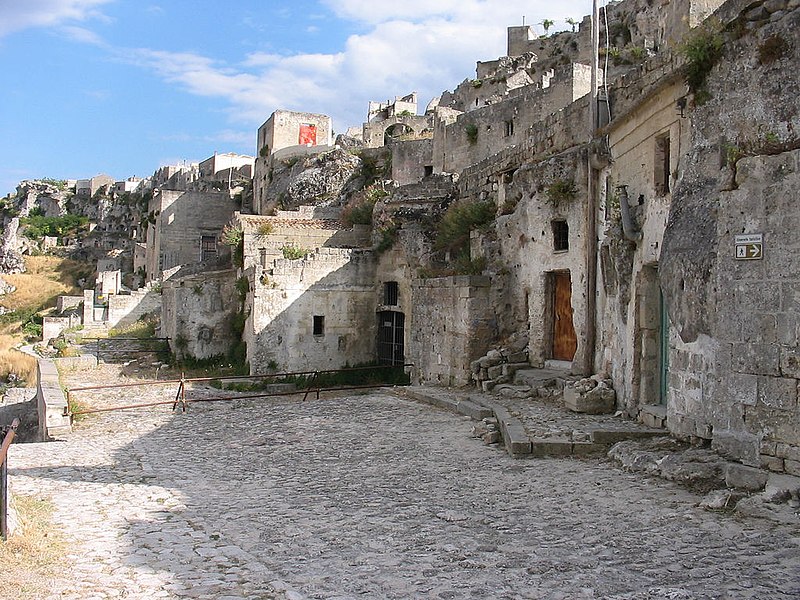While the scientists geologically proclaim the planet to be billions of years old, the timeline of mankind purports to be anywhere from 100,000 to 500,000 years old. According to pre-historic chronologies, the historical aspect of mankind reports about 6,000 years. It is a known fact that history can sometimes cause contradiction and confliction, such as the creation/evolution debate that has been going on for some time now, so actual facts are lacking when researching pre-historic mankind.
 |
| Stone-Age man |
However, the Bronze Age is reported to begin around the third millennium BC, after the creation of historical mankind [Adam and Eve] and the Iron Age is reported to begin after the Bronze era. These Ages of Man brought about the period characterized by the use of copper and its alloy bronze as the chief hard materials in the manufacturing of some implements and weapons. Besides the widespread use of bronze tools and weapons, this period continued development of pictogramic or ideogramic symbols and proto-writing.
 |
| Form of Cuneiform |
STONE AGE
The Stone Age is divided into three periods: Paleolithic, Mesolithic and Neolithic. The Paleolithic is the earliest period of the Stone Age and begins with the first use of stone and bone tools. The earliest known human-like creature, Homo Erectus, appeared during the early part of the Paleolithic era about 500,000 to one million years ago. The next pre-historic man was called the Homo Sapiens originated some 200,000 years ago and it is believed that the modern language capacity was born during this time period. During the latter part of Paleolithic, the Neanderthal (who were reputed to live in caves and make cave drawings) and Cro-Magnon man (who made houses from animal skins, made cave drawings and used clay to make pots) made an appearance between 100,000 and 40,000 years ago. Both pre-historic humanoids were credited with the systematic burial of the dead, making music and creating art. They were known as a small nomadic race of hunter-gatherers whose society had an abundance of resources and food-storage techniques.
The Mesolithic period (c/18,000-9,500 BC) began at the end of the Pleistocene epoch and was a time of primitive technology exploration. This time period was credited with the invention of flint tools, fishing tackle and objects made from wood (ie: bows and canoes). It was during this era that the transition from hunting and gathering food to growing crops transpired. Remains and artifacts from this time slot is few and far between and often limited to middens.
The Neolithic period (c/8,000-4,500 BC) was the last period of the Stone Age and saw development of primitive technology and social behavior. During this era of time villages, agriculture, and the earliest recorded incidents of warfare were introduced. The use of farming animals and copper tools were also utilized. The Sumerians were said to be one of the earliest race of people during the last period of the Stone Age.
 |
| The Sassi di Matera (meaning "stones of Matera") are prehistoric cave dwellings in the Italian city of Matera, Basilicata |
French archaelolgist Paul Tournal originally coined the term "ante-historique" in describing the finds he had made in the caves of southern France in 1830; the word "prehistoric" was later introduced into the English language in 1851 by Sir Daniel Wilson (Canadian archaeologist, ethnologist and author.). With the occurence of written materials, ideals on prehistoric mankind generally varies in cultures and classified within either the late Bronze Age or the early Iron Age.
Many historians do not restrict themselves to evidence from written records; they rely on evidence found within natural and social sciences. In doing so, the destinction between the terms "history" and "pre-history" are sometimes blurred. While pre-history has many scenarios and theologies about the timeline of pre-historic mankind, most scholars agree that pre-history refers to the vast span of time since the beginning of the Universe and the time preceding modern human existence and the invention of writing.

No comments:
Post a Comment
Thank you for your feedback!